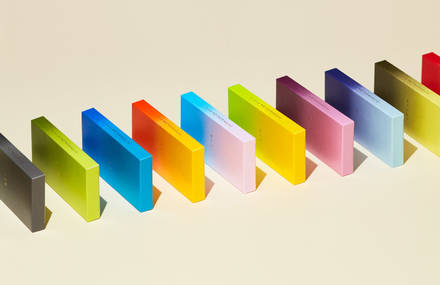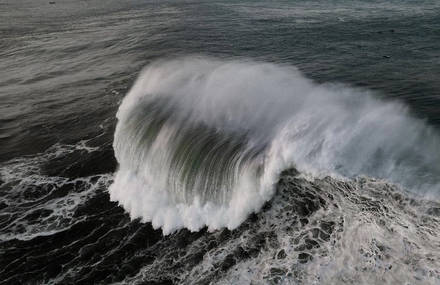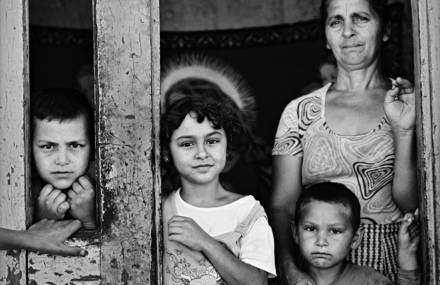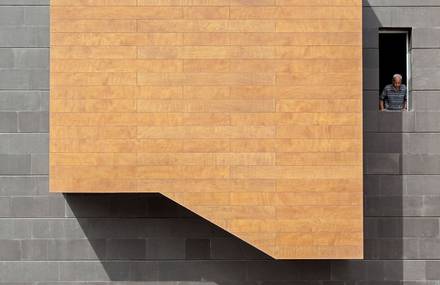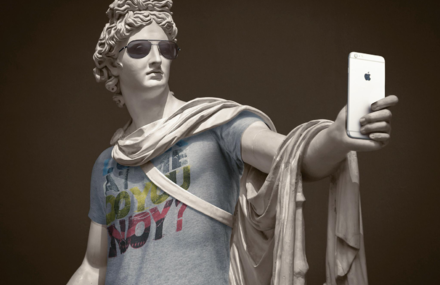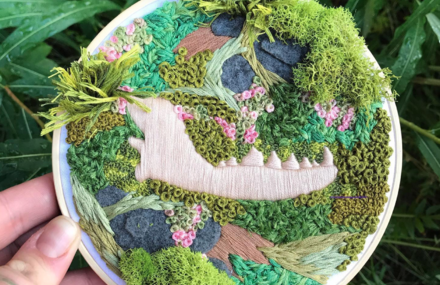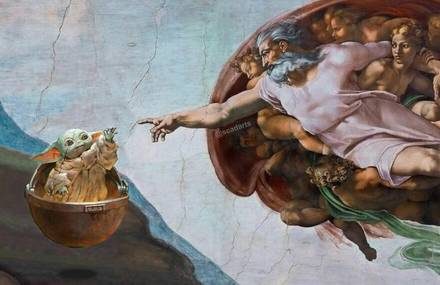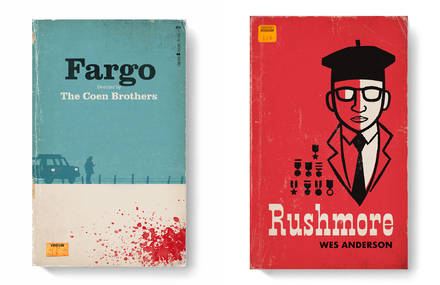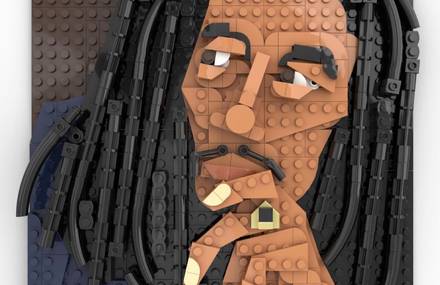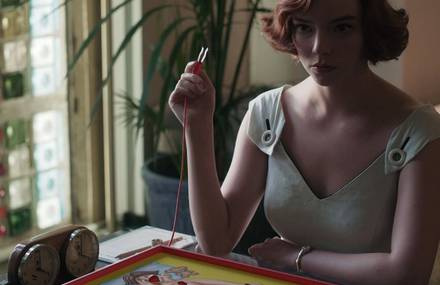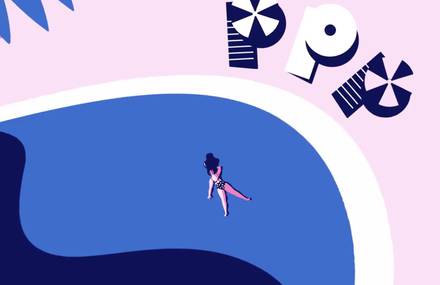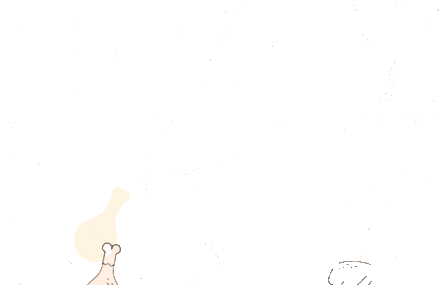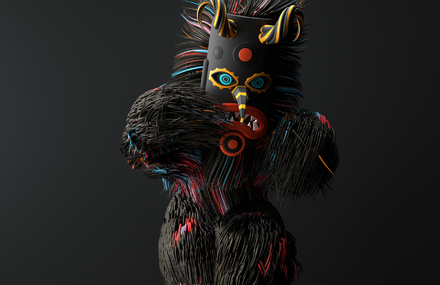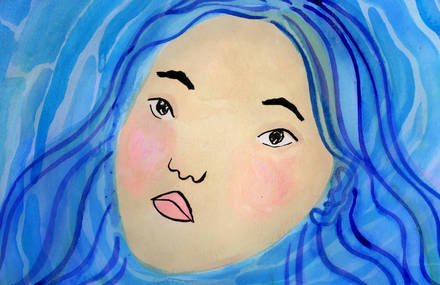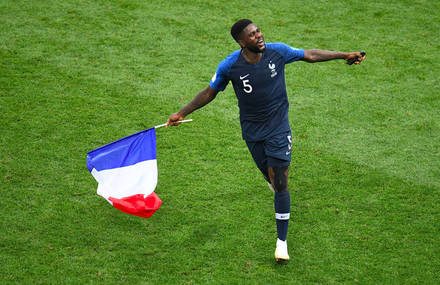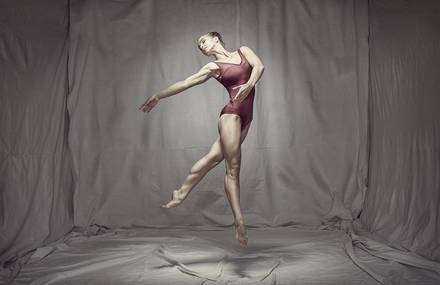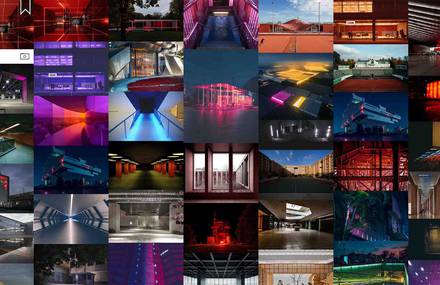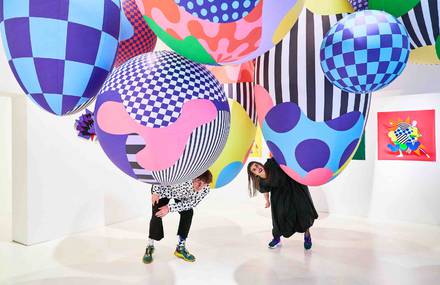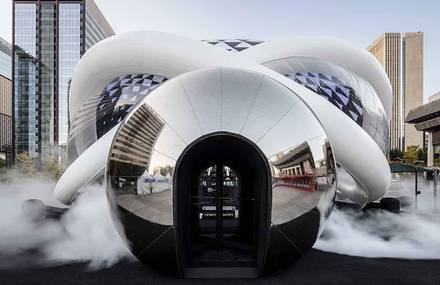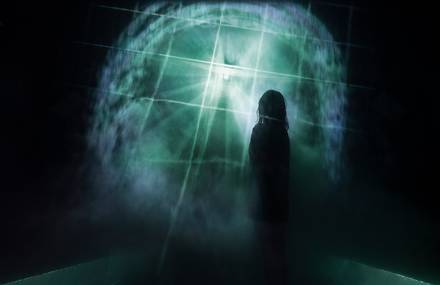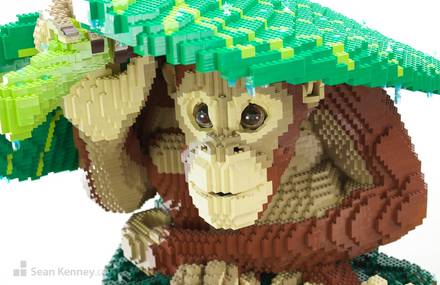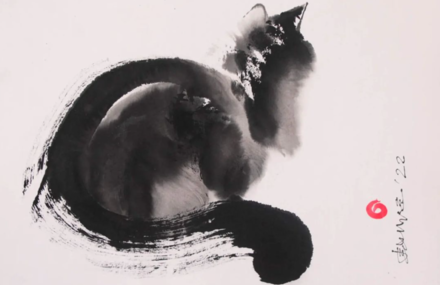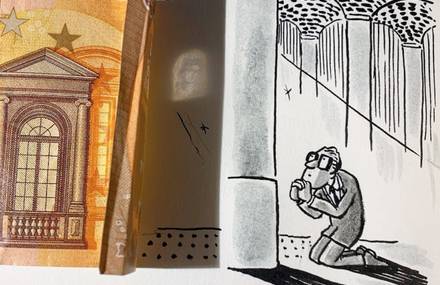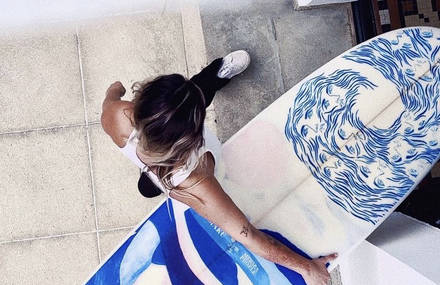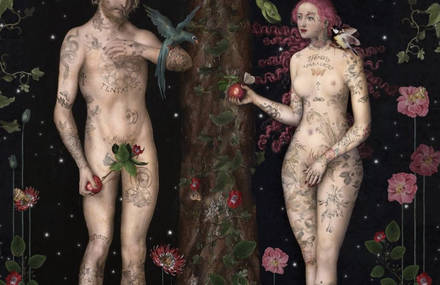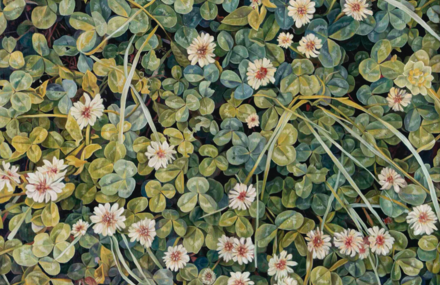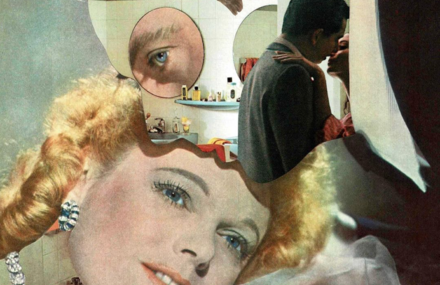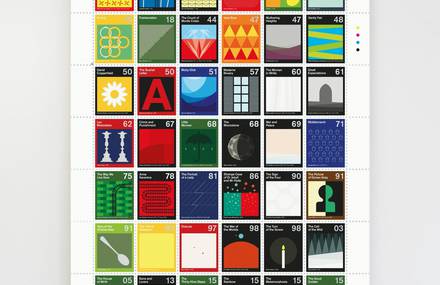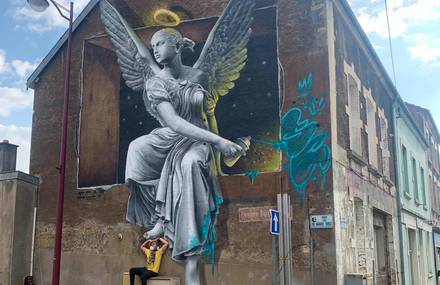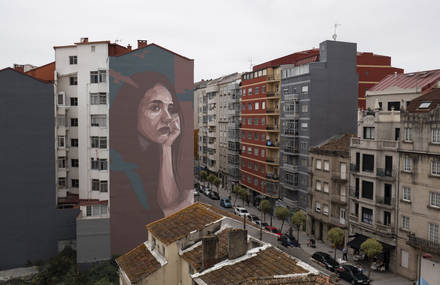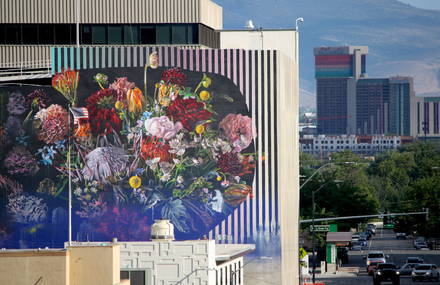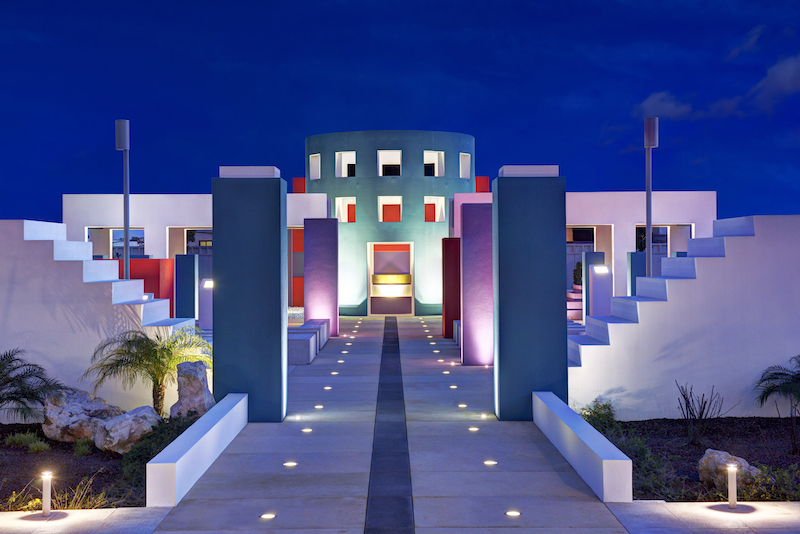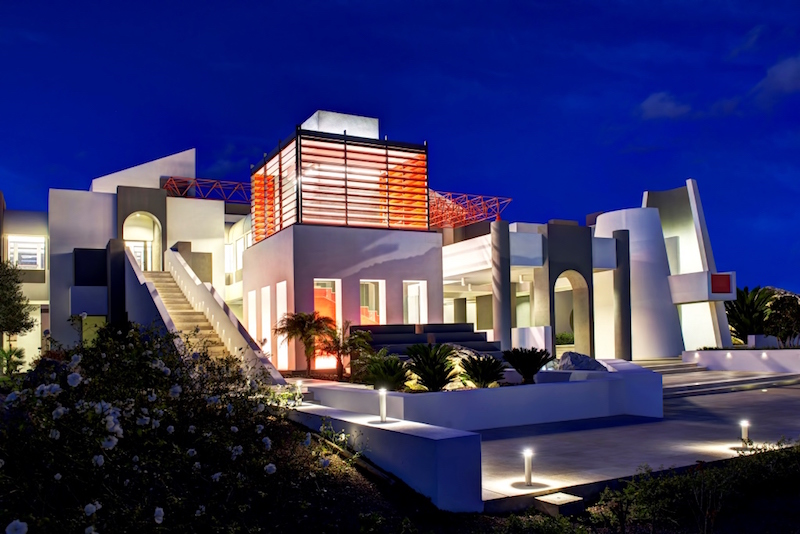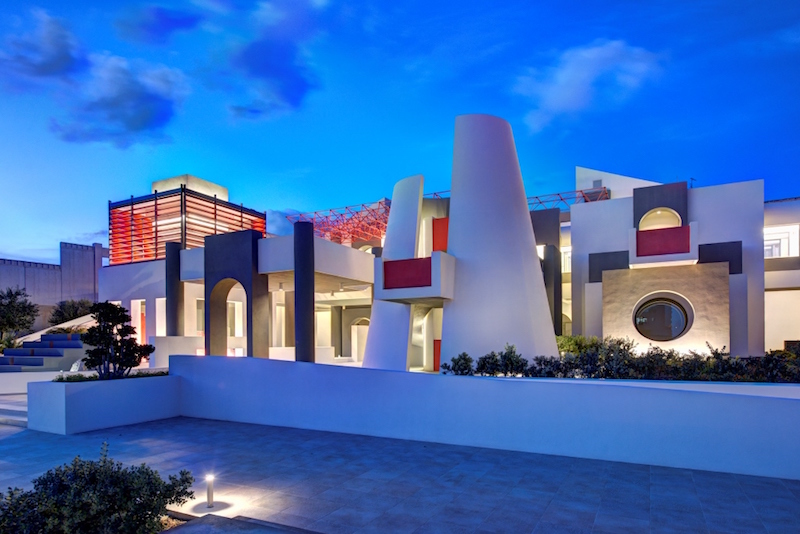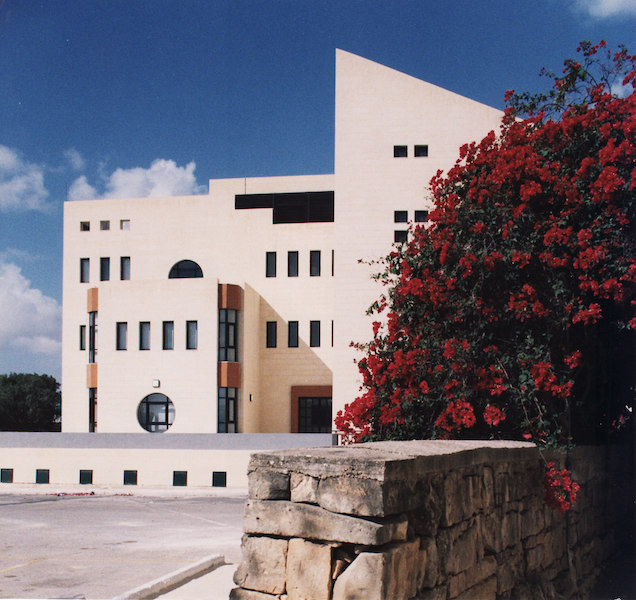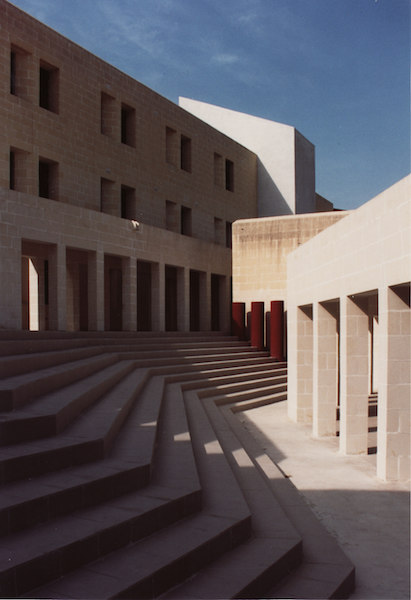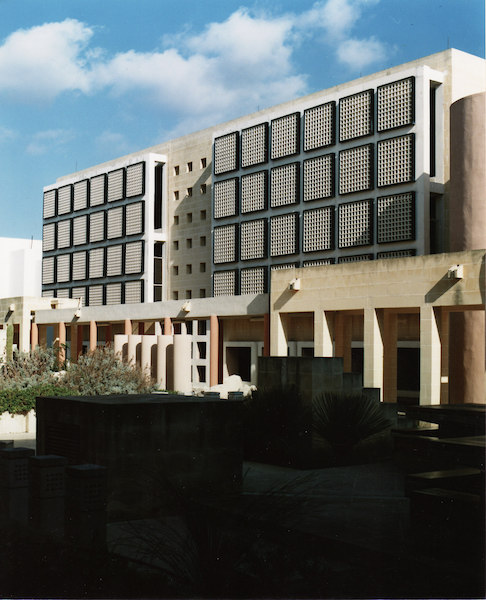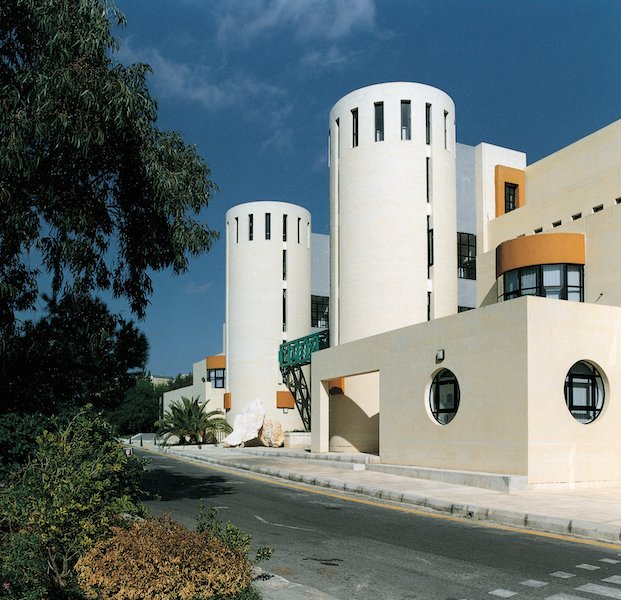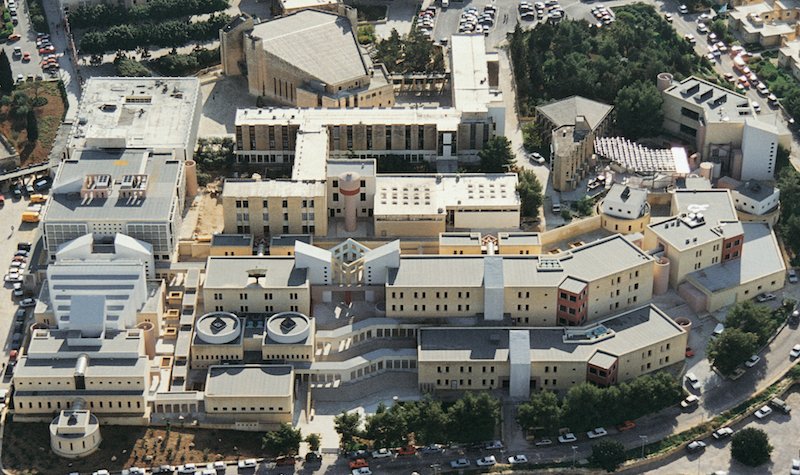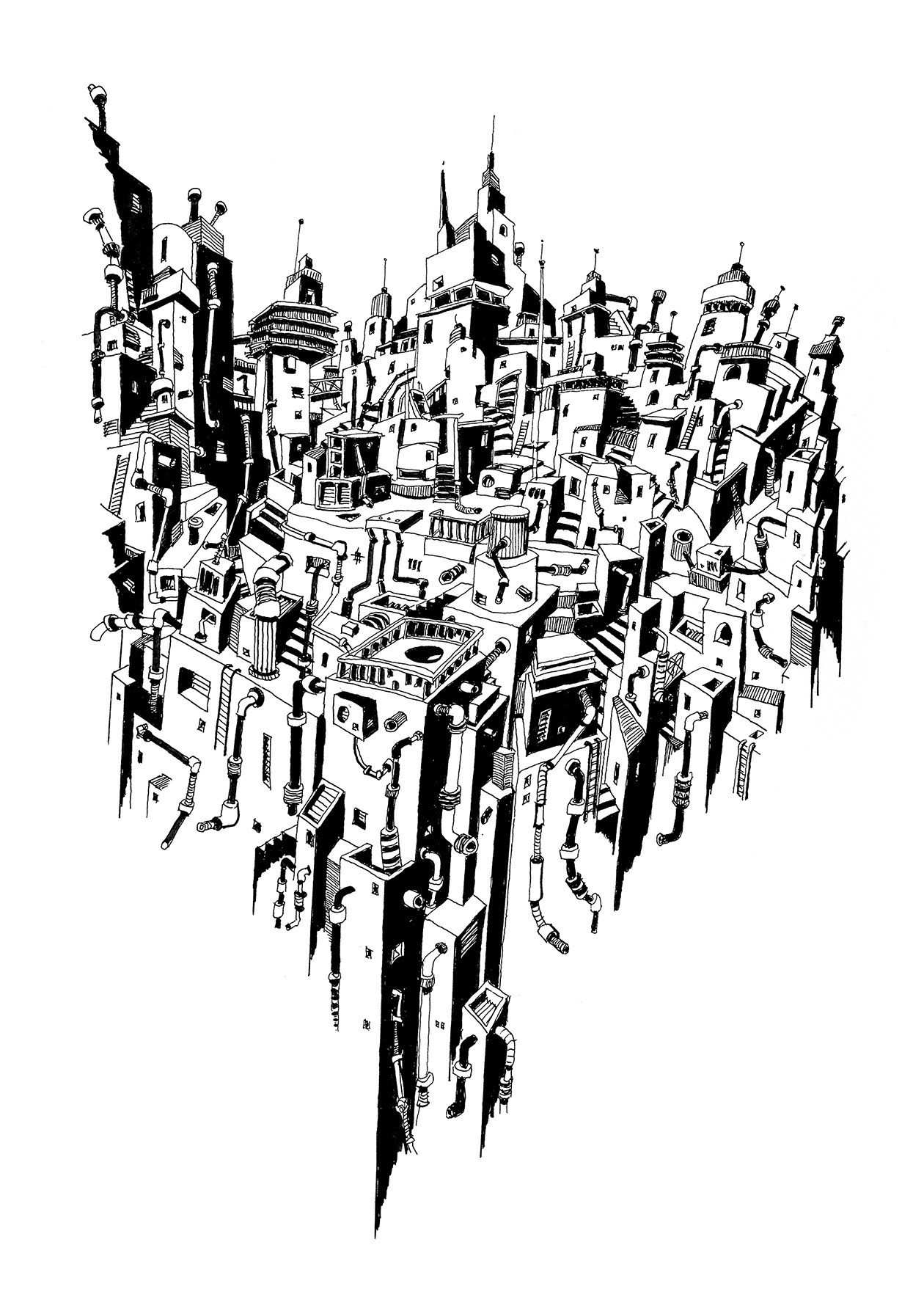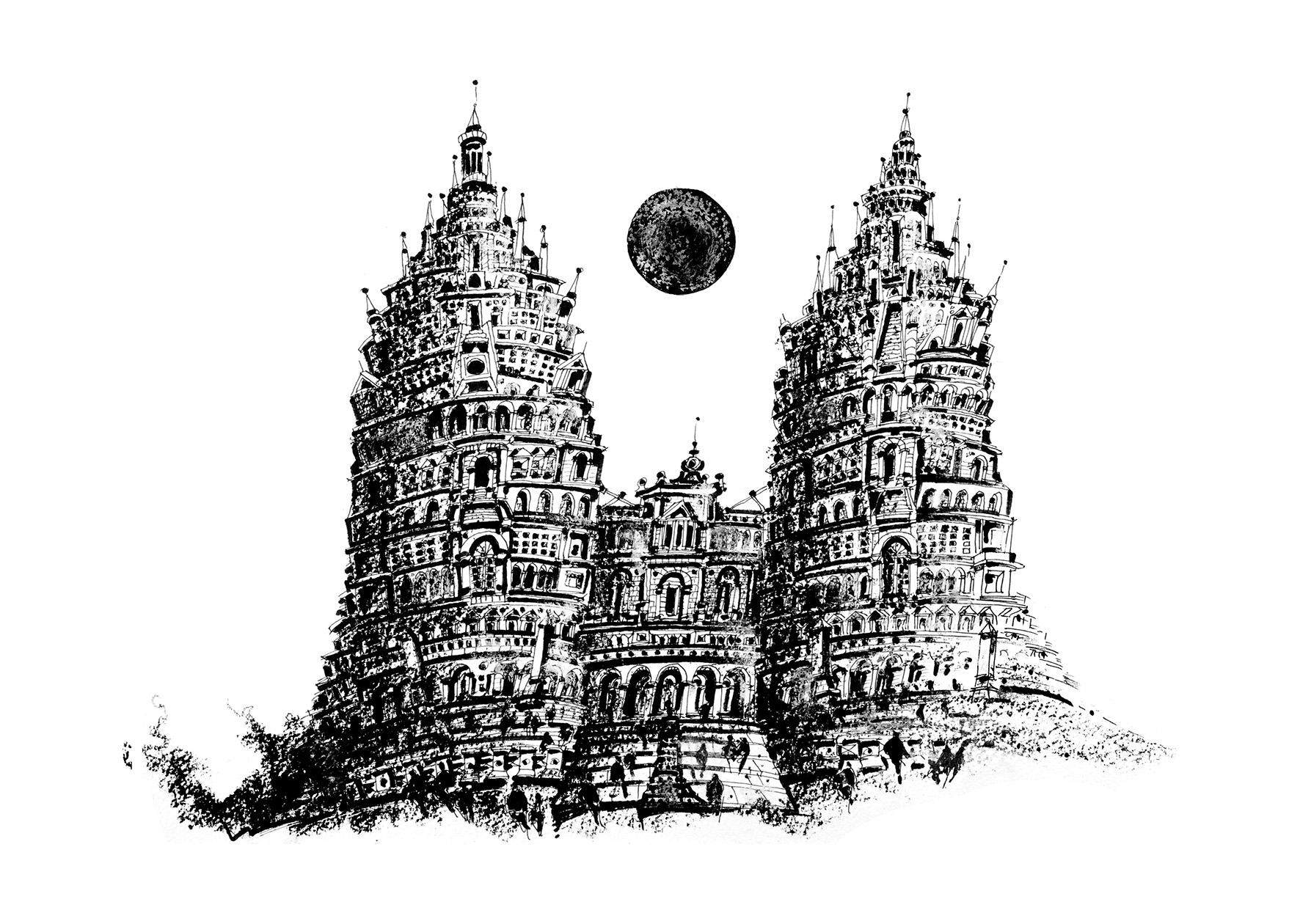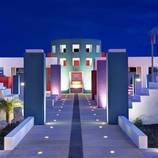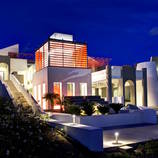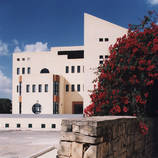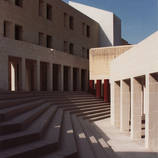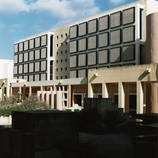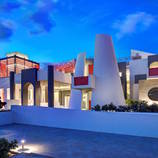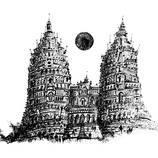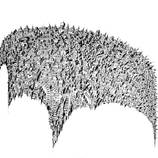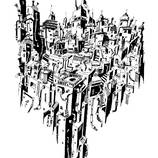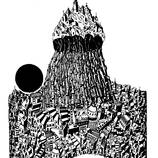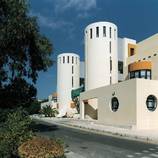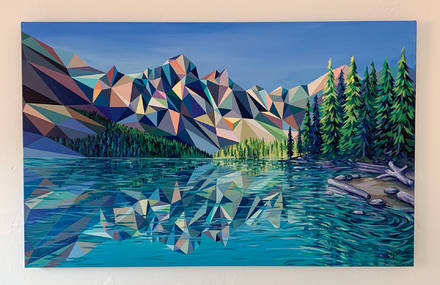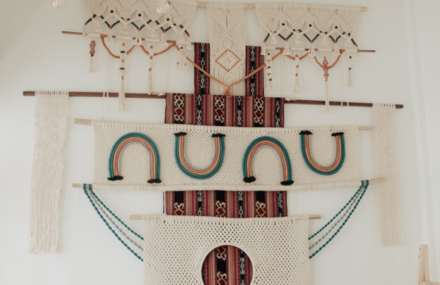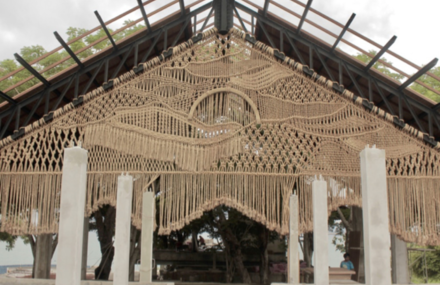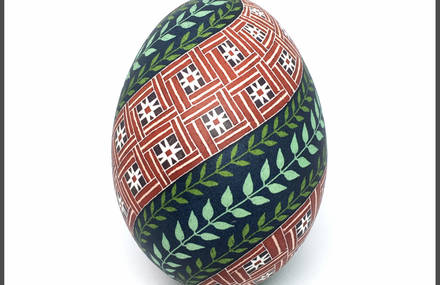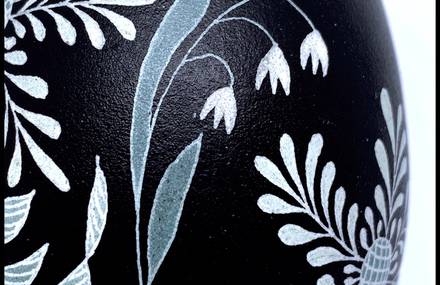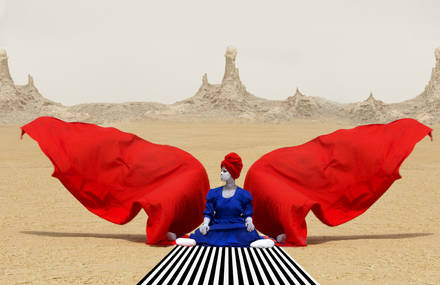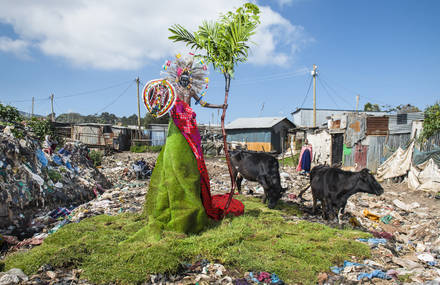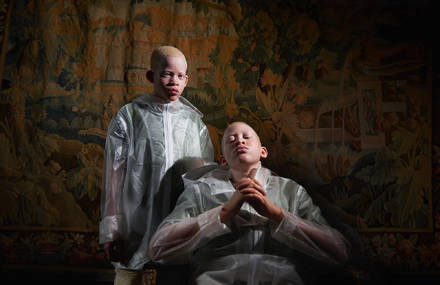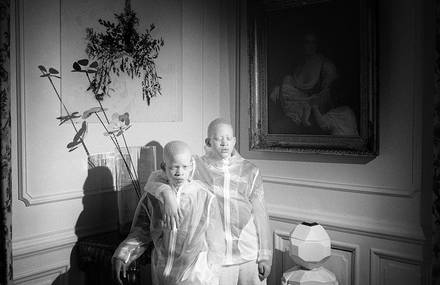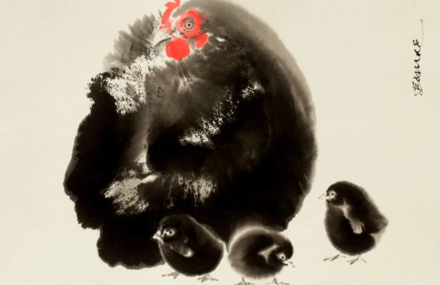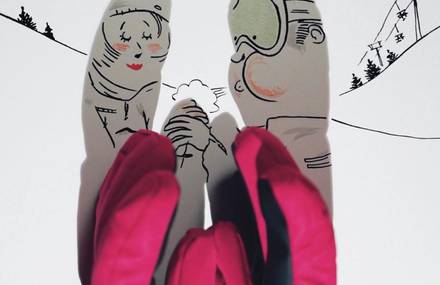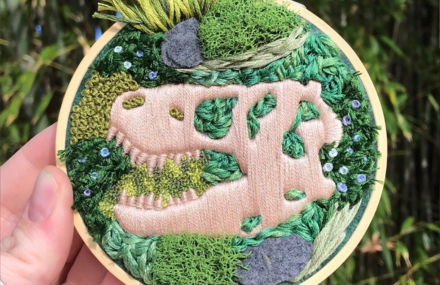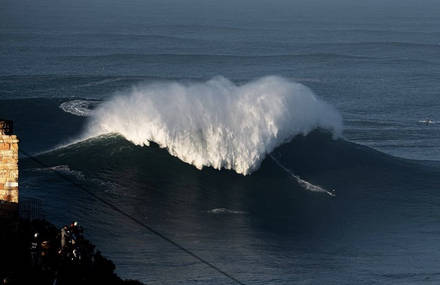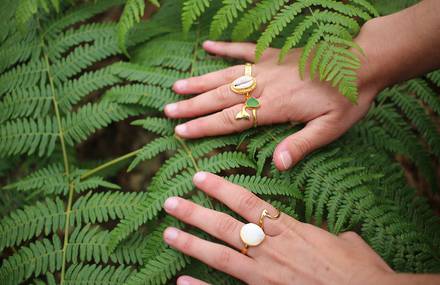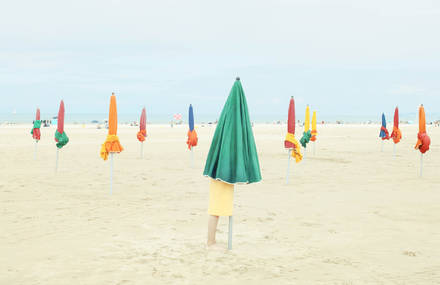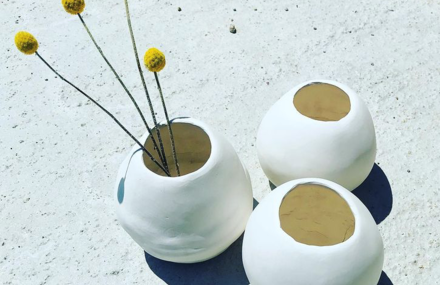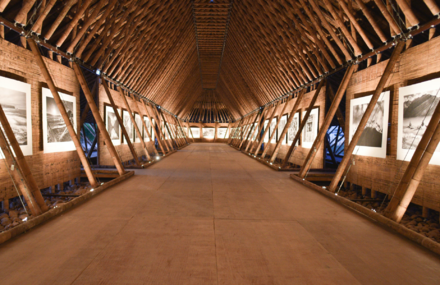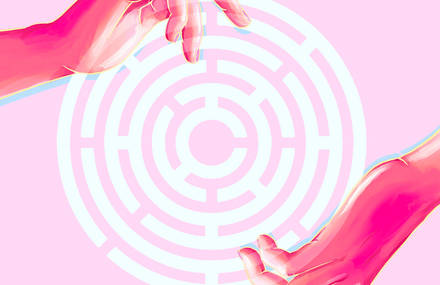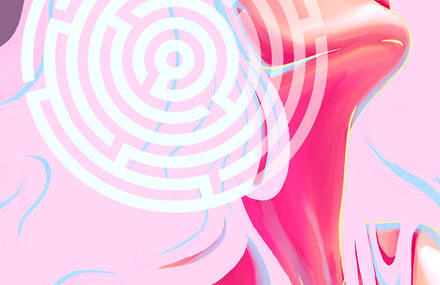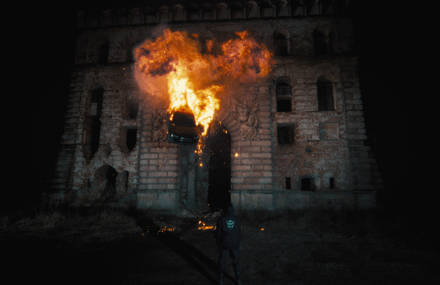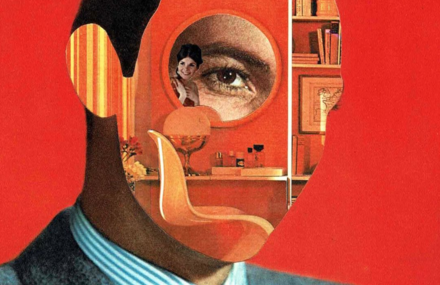Richard England gifted Malta with post-modern architectures in pastel colors, reminiscent of bi-dimensional paintings. Pupil of Gio Ponti, the architect has been inspired by the ancient identity of the island, mixing his constructions with ruins. The best example of this minimalist and monumental style is the University of Malta, a labyrinth of rooms, walls, colors, mythological ambiances and a completely mediterranean atmosphere.
Meditation garden fountain
What does “architecture” mean for you ?
Architecture is an ancient tradition and today, it should be based on historical foundations. It should be like a new leaf on an old tree. However, today architecture has become a brand : the griffe is more important than the message. It is like a Dolce and Gabbana shirt, which is a catastrophe for this art. We are in the age of “form without a soul”. Personally, I think our mission is to create an atmosphere in which people can find themselves. I think an architect should always conceive architecture with poetry.
Could you explain what is “the architecture of poetry” according to you ?
Vitruvius said “firmitas, utilitas, venustas”. The first two words refer to the material aspect of building, to the practical work of the architect. The last one, is about feelings. Axel Munthe expressed this idea very well by saying “the soul need more space than the body”. Each place must be created for body and a soul, not only from a design point of view but from a spiritual one. At the end of his life, Jorge Luis Borges was almost blind. However, he never stopped travelling. For him, it was more important to feel a place than to see it. Today, we know the price of everything and the value of nothing. That is why poetry is absolutely necessary.
Overall View of Building
You have been a pupil of Gio Ponti. How do you describe this time of your life?
Ponti was a very particular personality in his field. He was uncategorizable, people can not really say whether he was a poet, an architect, an editor for Domus…above all, he was a wonderful teacher. At that time, a young apprentice could really work with this kind of stars, because they were extremely humble, worked in the atelier with all the others employes. Gio Ponti was first of all a great artist, he was constantly in contact with the surrounding reality. Digital technologies killed this, but I still believe that the hand is a bridge between the mind and the paper and an architect should be able to draw. If an architect is not an artist, then I do not know what he is, but surely he is not truly an architect.
Overall View of Building
You seem very interested in religious architecture. Why ?
Sacred places are a true challenge for an architect, maybe the most difficult. It is all about extracting the metaphysical from the physical. The real goal is to transform something ordinary into something extraordinary. Gaudi used to say that to build a church is to face something you can not really measure. It is about creating a place where people can experience a strong moment. You therefore have to understand what is their concept of God. If you think about gothic for instance, it is a perfect summary of the way people imagined holiness during the Middle-Age: a total power, overwhelming and absolute. Personally, I think the most important part of a holy place is the threshold, because it is a transitional space between a world and another.
Could you quote an exemple of holy architecture you particularly appreciate ?
The Mexican chapel of Luis Barragan, because it is a building “without adjectives”, pure, simple and essential.
What is your vision about minimalism ?
Minimalism does not have to be an empty notion, cold and distant. It must however be a strong and simple idea. I often say to my students of the University of Malta that they just need few elements to create a project. A good idea, and that’s all. In the Mediterranean culture, we are not minimalist, we have the influence of a rich heritage of baroque. At the same time, we are simple and in Mediterranean architecture, it is important to respect traditions and places. The architect is the designer of the future and the protector of the passed.
You are a fan of the Italian writer Italo Calvino. Did you tried to illustrate his books ?
Calvino was a genius. Indeed, I am working on a crazy project: I would like to illustrate his “invisible cities”. The book tells the story of Marco Polo describing to Kublai Khan the cities he has visited. It is incredibly romantic, like a utopia. This is the architecture of poetry.
University of Malta, Tal Qroqq
University of Malta, Tal Qroqq
University of Malta, Tal Qroqq
University of Malta, Tal Qroqq
University of Malta, Tal Qroqq
“Invisible Cities”, Italo Calvino, illustration
“Invisible Cities”, Italo Calvino, illustration

